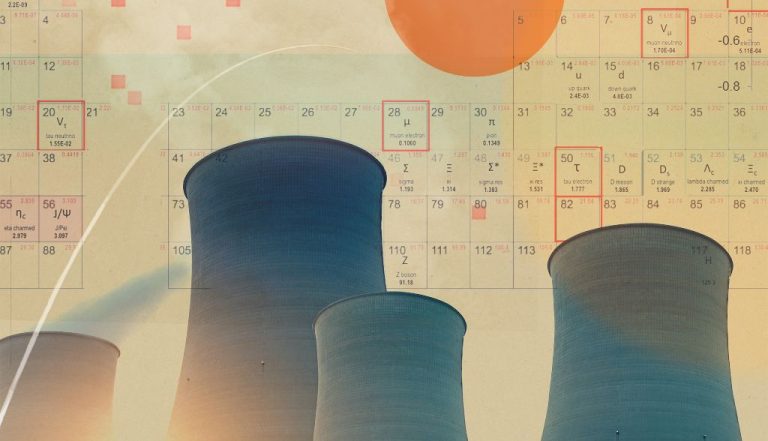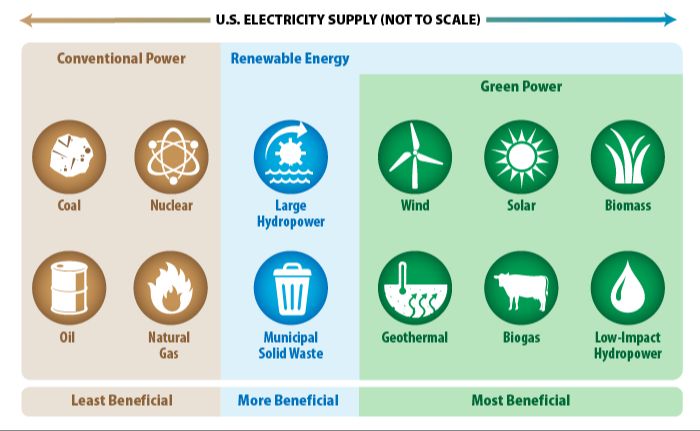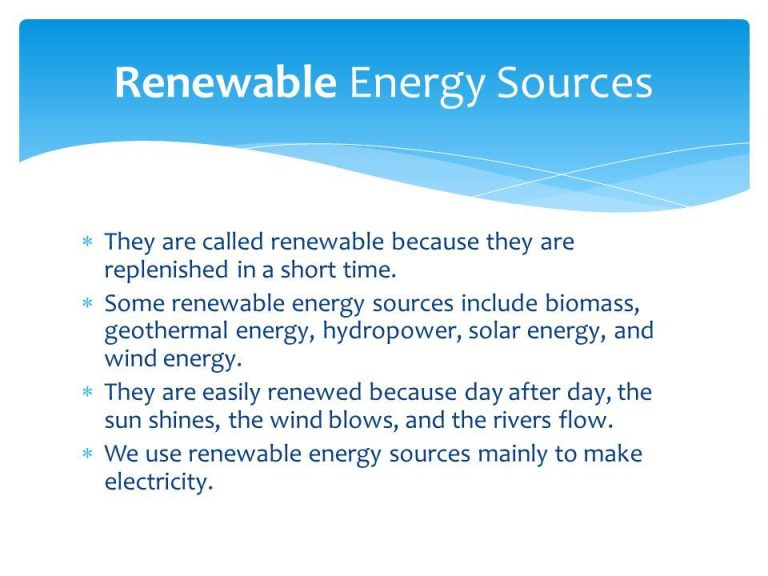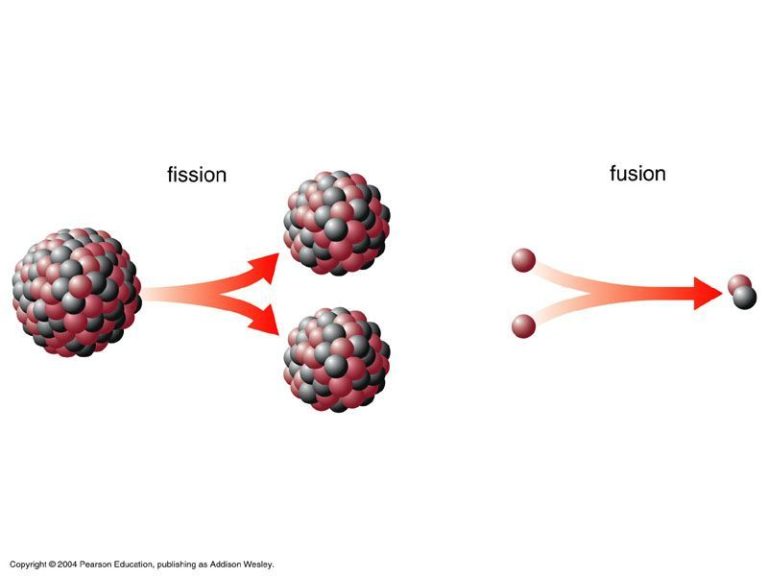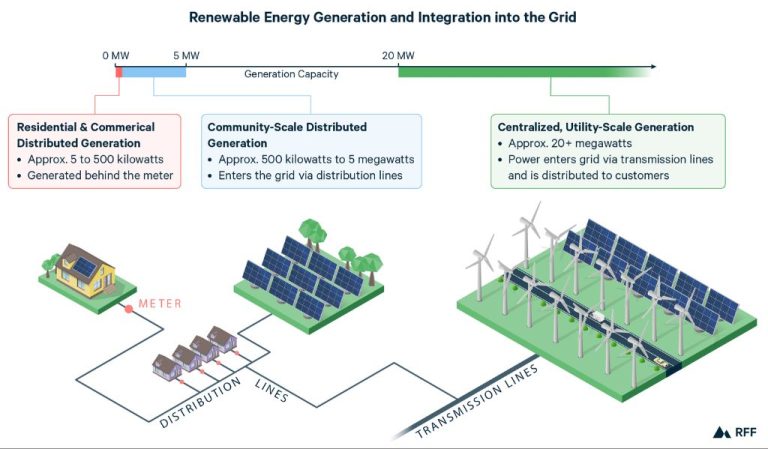What Are The Characteristics Of Alternative Energy?
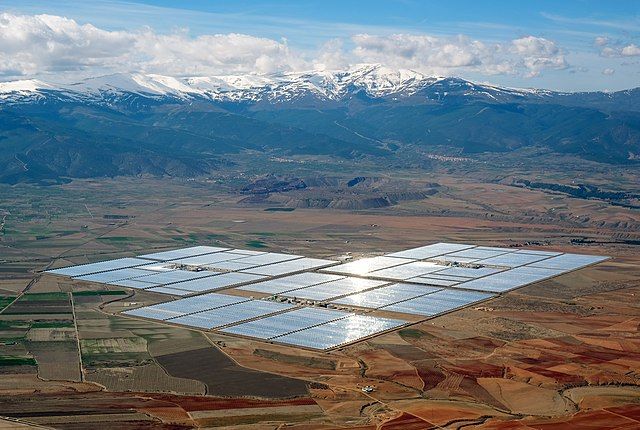
Alternative energy, also known as renewable energy, refers to energy sources that are continuously replenished by nature and are considered to be environmentally friendly and virtually inexhaustible. The most common types of alternative energy include solar, wind, hydropower, geothermal, and biomass. Alternative energy is generated from natural resources like sunlight, wind, rain, tides, plants, and geothermal heat, which are naturally replenished. In contrast, traditional energy sources like fossil fuels are finite and will eventually dwindle as they take millions of years to form naturally.
Alternative energy has become increasingly important as there is rising concern about the environmental impacts of fossil fuel use. Fossil fuels are the largest contributors to climate change, which has caused more extreme weather, rising sea levels, and negative impacts on wildlife and natural habitats. Alternative energy produces little to no greenhouse gas emissions, which is why many countries are seeking to increase their renewable energy production. Investing in alternative energy sources will provide social, economic, and environmental benefits.
Renewable vs Non-Renewable
Renewable energy comes from natural sources that replenish themselves over time such as sunlight, wind, water, plants, and geothermal heat. Renewable resources regenerate naturally and can be harnessed to generate energy repeatedly, making them sustainable in the long-term. Examples include solar energy, wind energy, hydropower, biomass, and geothermal energy 1.
In contrast, non-renewable energy comes from finite sources that do not replenish in a human timescale or replenish very slowly. Fossil fuels like coal, oil, and natural gas are prime examples of non-renewable resources. They take millions of years to form naturally, so their quantities are limited. Once used up, they cannot be replaced easily or quickly. Other non-renewable sources are nuclear energy and mined minerals like uranium 2.
The key difference is renewability – renewable resources can regenerate themselves naturally, while non-renewable sources cannot replenish once used up. This makes renewable energy more sustainable long-term. However, both play important roles in meeting current energy demands.
Solar
Solar energy comes directly from the sun. There are two primary technologies for harnessing solar energy:
Photovoltaic panels (PV) convert sunlight directly into electricity using semiconducting materials. PV panels can be installed on rooftops or ground-mounted systems to generate electricity for homes, businesses, and utilities. As of 2022, global solar PV capacity reached over 1,200 gigawatts, generating over 3% of the world’s electricity.1 The installed capacity of solar PV has grown at an annual average rate of 54% from 2010-2022.2
Concentrated solar power (CSP) systems use mirrors to focus sunlight to heat liquids which drive steam turbines to produce electricity. CSP plants have thermal storage capabilities to provide power when the sun isn’t shining. CSP capacity reached 7.2 gigawatts globally in 2021.3
Wind
Wind power harnesses the wind to generate electricity using wind turbines. Wind turbines convert the kinetic energy in wind into mechanical power, which is then converted into electricity. There are two main types of wind farms that utilize wind turbines:
Onshore wind farms are located on land and make up most of the wind power capacity in the world today. According to the U.S. Energy Information Administration, the top countries for onshore wind power generation capacity in 2020 were China, the United States, Germany, India, and Brazil.
Offshore wind farms are installed in bodies of water, usually oceans or large lakes. Offshore wind turbines can capture stronger and more consistent winds compared to onshore, but installing them offshore is more expensive. Major markets for offshore wind include northern Europe, China, and the east coast of the United States. Offshore wind capacity is still small globally but is rapidly expanding, especially in Europe. According to WindEurope, Europe installed 2.9 GW of new offshore wind capacity in the first half of 2020.
Hydropower
Hydropower generates electricity by utilizing the energy from moving water. It accounts for over 16% of global electricity production and over 70% of all renewable electricity generation worldwide[1]. The most common type of hydropower plant uses a dam on a river to store water in a reservoir. The water flows through a turbine, spinning it, which in turn activates a generator to produce electricity. The amount of electricity that can be generated depends on the volume of water flow and the height of the water drop. China has the highest installed hydropower capacity in the world at 415 GW, followed by Brazil, Canada, and the United States[2].
Another type of hydropower plant utilizes tidal power along coasts with high tidal ranges. Tidal power takes advantage of the natural rise and fall of ocean water due to tides. Tidal power stations capture the energy of incoming and outgoing tides to drive turbine generators. While not as widely used as traditional hydropower dams, tidal power shows promise as a renewable energy source in suitable coastal areas.
Geothermal
Geothermal energy utilizes heat from the earth’s core to generate electricity. The heat is extracted from reservoirs of hot water found naturally a couple of miles beneath the Earth’s surface or from hot dry rocks accessed by drilling down to depths of between 6,000 to 10,000 feet.[1] To capture the heat, wells are drilled into underground reservoirs to pump hot water or steam to the surface. The steam rotates turbines that generate electricity. The water is then returned to the hot reservoir to be reheated.[2]
There are three types of geothermal power plants: dry steam, flash, and binary. Dry steam plants use steam directly from geothermal reservoirs. Flash plants take high pressure hot water from deeper wells and convert it to steam. Binary cycle plants pass moderately hot geothermal water through a heat exchanger, which heats a secondary fluid that flashes to steam to drive turbines.
Biomass
Biomass is organic material that comes from plants and animals, and it is a renewable source of energy. Biomass draws energy from the sun and stores it away inside organic matter. Some examples of biomass include wood chips, crops, sewage and animal waste. There are two main ways that biomass is used to generate energy:
The first way is by burning biomass directly to produce heat and electricity. For example, wood chips and agricultural waste are burned in power plants to boil water and produce steam. The steam turns turbines to generate electricity. Using biomass this way provides clean energy and reduces dependence on fossil fuels. However, burning biomass does release carbon dioxide and other emissions, so it is not completely “clean.”
The second way biomass is used for energy is by harvesting methane gas from landfills and anaerobic digesters. Bacteria breaks down organic waste in landfills and releases methane gas as a byproduct. This methane can be captured and used as a renewable source of clean burning fuel. Farmers also use anaerobic digesters to capture methane from manure and food waste. The methane is then used to produce electricity and heat. Methane capture reduces greenhouse gas emissions and turns waste into usable energy.
Hydrogen
Hydrogen fuel cell vehicles generate power through an electrochemical reaction when hydrogen and oxygen are combined in a fuel cell stack. This reaction produces electricity to power the vehicle’s electric motor (https://www.energy.gov/eere/fuelcells/fuel-cells).
The hydrogen gas used to power fuel cells is produced via electrolysis, which splits water molecules into hydrogen and oxygen using electricity. This process extracts hydrogen for use as a fuel (https://afdc.energy.gov/vehicles/how-do-hydrogen-fuel-cell-electric-cars-work).
Fuel cell vehicles are more energy efficient than internal combustion engines since they convert hydrogen fuel directly to electricity to propel the vehicle. The only byproducts are heat and water, making fuel cell vehicles zero-emissions. Major automakers like Toyota, Honda, and Hyundai have developed production fuel cell vehicles (https://www.caranddriver.com/features/a41103863/hydrogen-cars-fcev/).
Benefits
One major benefit of renewable energy is its low emissions compared to fossil fuels like coal and natural gas. Burning coal, oil, and natural gas releases greenhouse gases like carbon dioxide that contribute to climate change (https://www.ucsusa.org/resources/benefits-renewable-energy-use). Sources like solar, wind, and hydropower do not release greenhouse gases and help reduce air pollution.
Renewable energy also provides energy independence and security. Relying on domestic renewable sources means countries do not need to depend on imported fossil fuels that may be subject to volatile prices and unpredictable supply (https://www.epa.gov/statelocalenergy/local-renewable-energy-benefits-and-resources). Investing in renewable energy creates jobs and keeps money circulating locally rather than being spent on imported fuels.
Challenges
There are several key challenges associated with transitioning to and scaling up renewable energy sources:
High upfront costs are a major barrier. Constructing renewable energy power plants and infrastructure requires significant capital investment. The high upfront costs make it difficult for renewable energy to compete with conventional fossil fuels on price alone.
The intermittent nature of sources like solar and wind makes storage limitations an issue. Energy storage technology is still improving and costs are dropping, but storing energy when the sun isn’t shining or wind isn’t blowing remains a challenge compared to the relative consistency of fossil fuels. Developing grid scale energy storage is critical for balancing supply and demand.
Siting renewable energy projects can also lead to land use conflicts. Solar and wind farms require large areas of land, which can compete with agriculture, conservation efforts, and existing communities and infrastructure. Careful land use planning is needed to find suitable locations.

